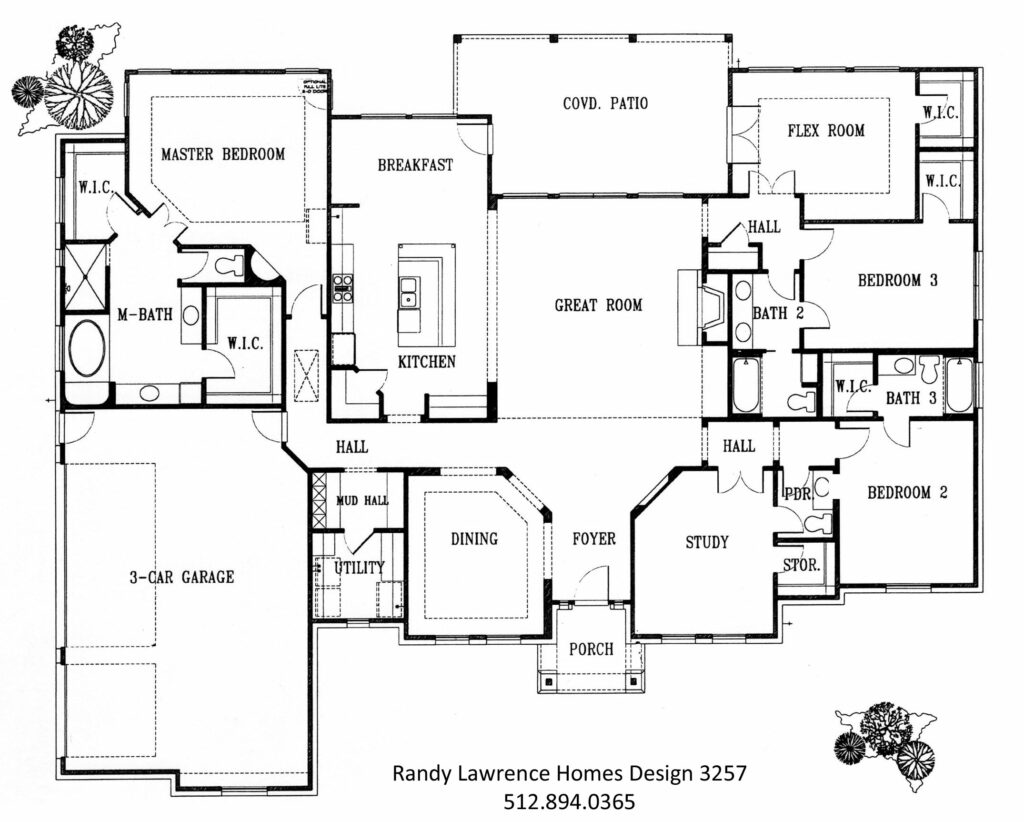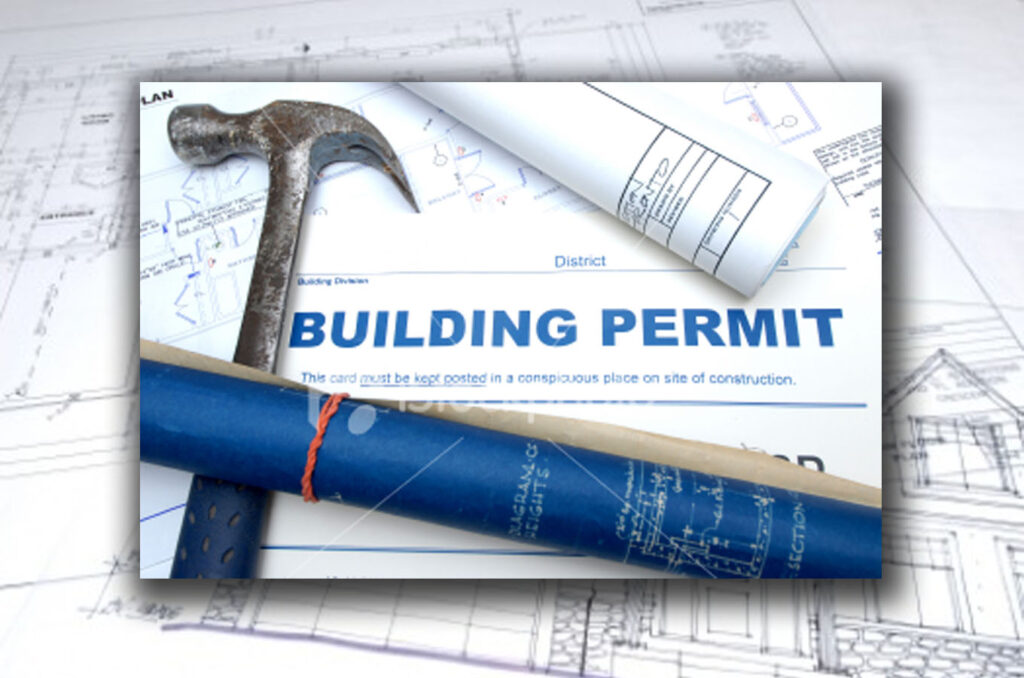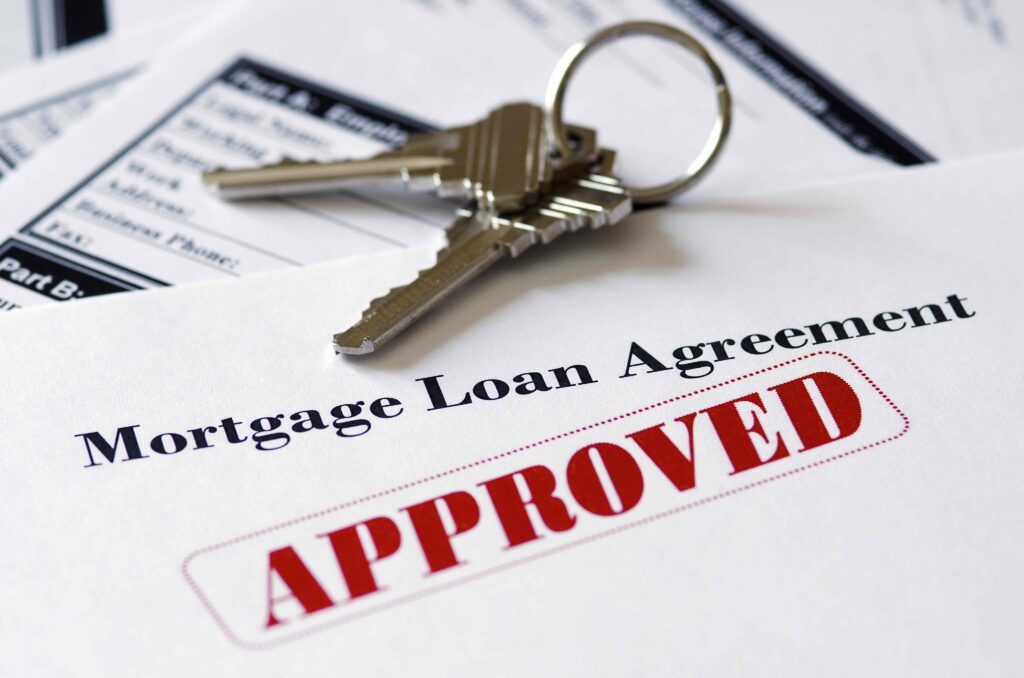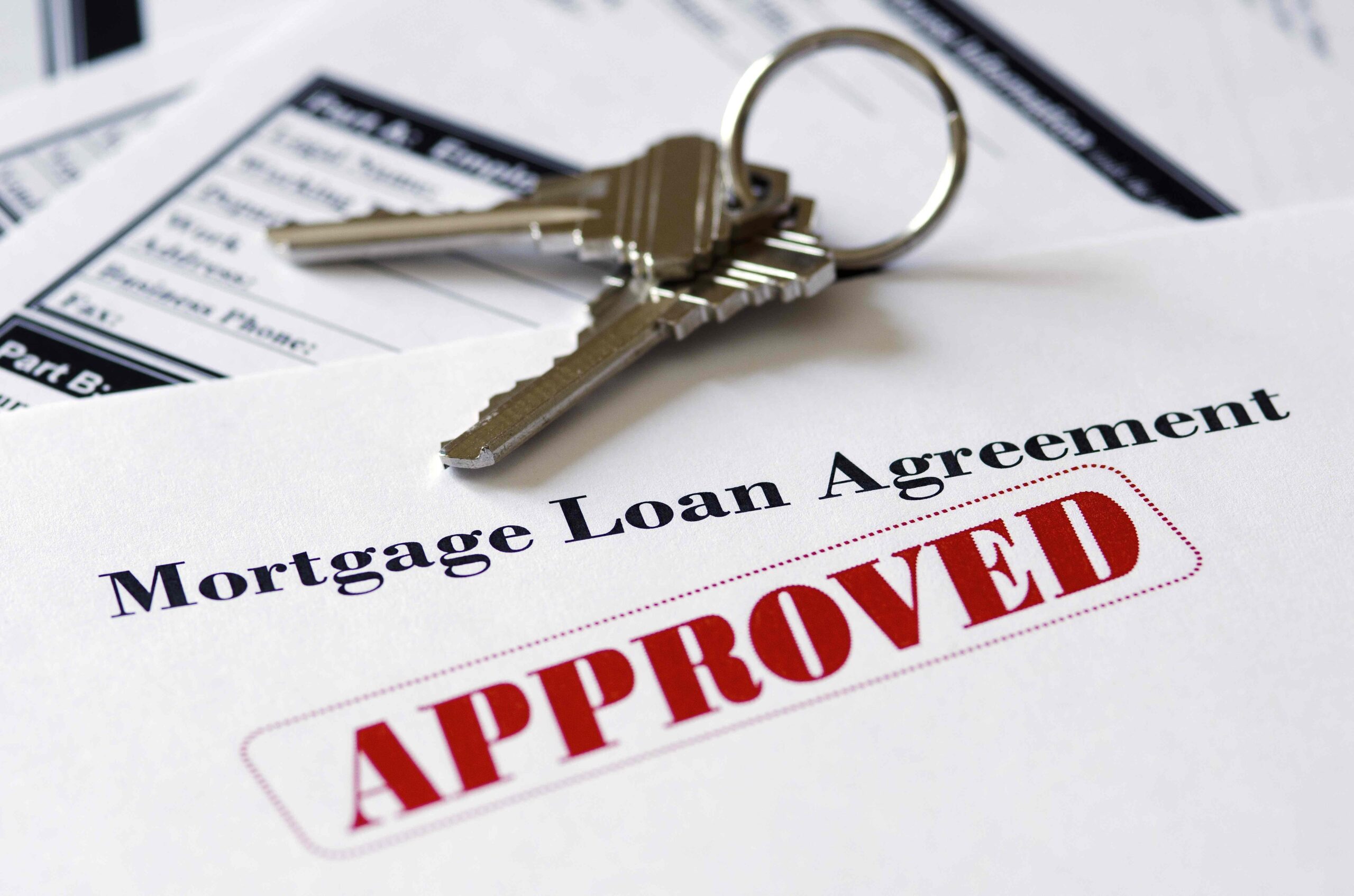Building a bespoke house is a time-consuming and patient process. However, it may also be extremely lucrative.
When planning your new house, keeping a budget in mind is critical.
Table of Contents
Find a Landlord
Building a new home involves many different steps. Finding a builder who understands your needs and works with you to design a custom home that fits your lifestyle is important.
They strive to guarantee that all of your home’s structures are up to code and satisfy local building requirements. They also work to keep costs down by ensuring that your home is built using quality materials and construction methods.
Build homes on either vacant land or lots that they own. Tend to use stock plans and offer a range of plan choices, upgrades, and options.
Design a Floor Plan

The most exciting aspect of a custom home building process is having total control over every detail. Your builder can make everything conceivable, from the floor layout to the location of electrical outlets — within reason, of course!
The first step in planning your bespoke floor plan is to create a budget. This will help you limit your options and choose a house that fits your lifestyle.
A good home design is cohesive from the inside out. This means repeated elements like proportions and details talk together, establishing a theme throughout the project.
Find a Builder
Once you have your project sketches and budget, it’s time to find a builder. Your best bet is to look for builders in your local area. Check your local newspaper’s real estate section or ask friends and relatives for advice.
Ask lots of questions while interviewing potential builders. Check out their portfolios and previous work as well. This will assist you in determining whether they are a good fit for your custom home-building project. Choosing the wrong builder can end up costing you both time and money.
Get Pre-Approved for a Mortgage

Getting pre-approved for a mortgage is a critical step in custom home building. It helps ensure you can build your dream home and avoid financial complications.
With a custom home, you completely control your house’s design, layout, and finish. This includes the cabinetry, fixtures, and even the paint colors.
Some builders also offer semi-custom homes, where you select an existing design in their portfolio. These are ideal for those who need more time to build a custom home and need to move in fast.
Get a Building Permit

Before commencing construction, it is necessary to obtain a building permit. It shows that your project complies with deed restrictions, local zoning laws and fire codes. Your builder can get this for you.
You may have to pay for a geotechnical survey and soil tests to determine whether your lot suits a custom home. Many homebuyers choose to develop a vacant lot or build a developed community where utilities are already available. Using existing land can speed up the process and reduce costs.
Start Construction
Whether you’re starting from scratch or have a floor plan already mapped out, this step is the one where you take your dream and turn it into reality. Your builder will work to maximize efficiency by using construction management software, establishing good communication with staff members, and ensuring key performance indicators are met.
Your builder will ensure your home is up to code and always do their best to meet your expectations and preferences. They’ll even do a final walk-through before you move in to ensure everything is as you hoped.
Move In
When you build a custom home, you work with an architect and interior designer to create something uniquely yours. This collaboration is what makes a custom home so great!
As you make your design selections, the custom builder will help you with value-engineering options, solicit and thoroughly vet subcontractor bids, and develop a construction schedule. This will ensure your home is built to the highest standards and within budget.
Moving in can be hectic as you sort through boxes and put things away, but it’s worth it for the freedom of your own space!
